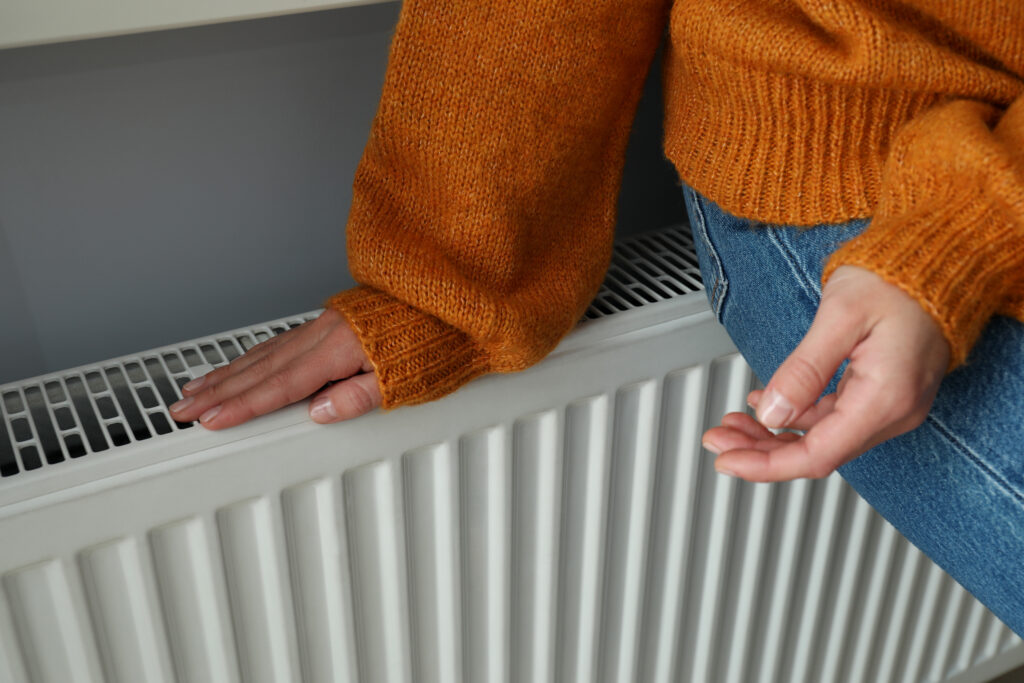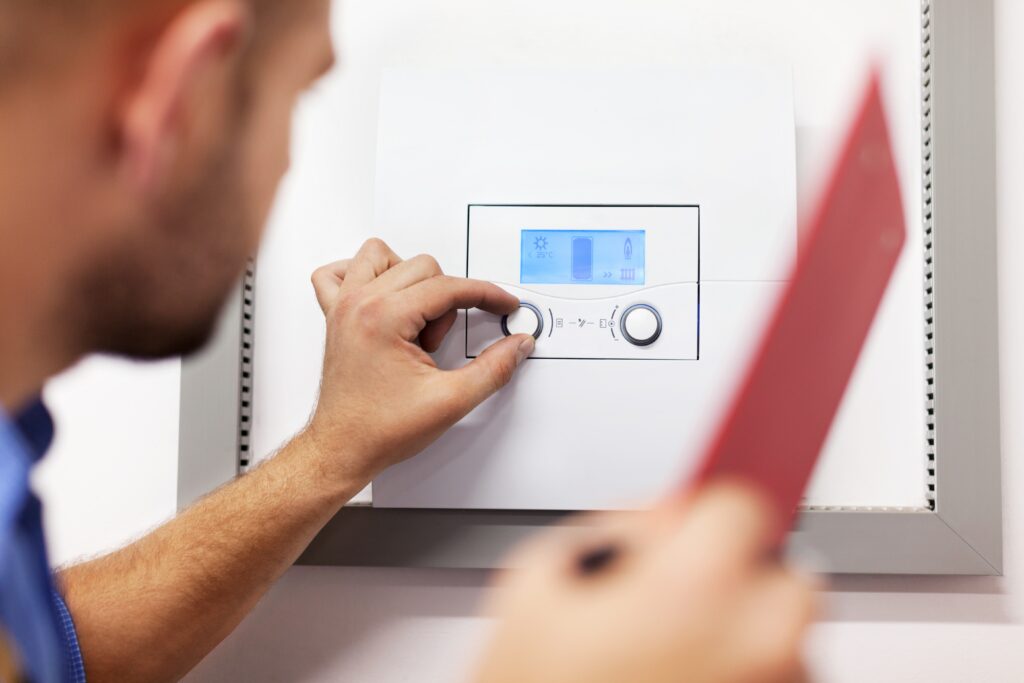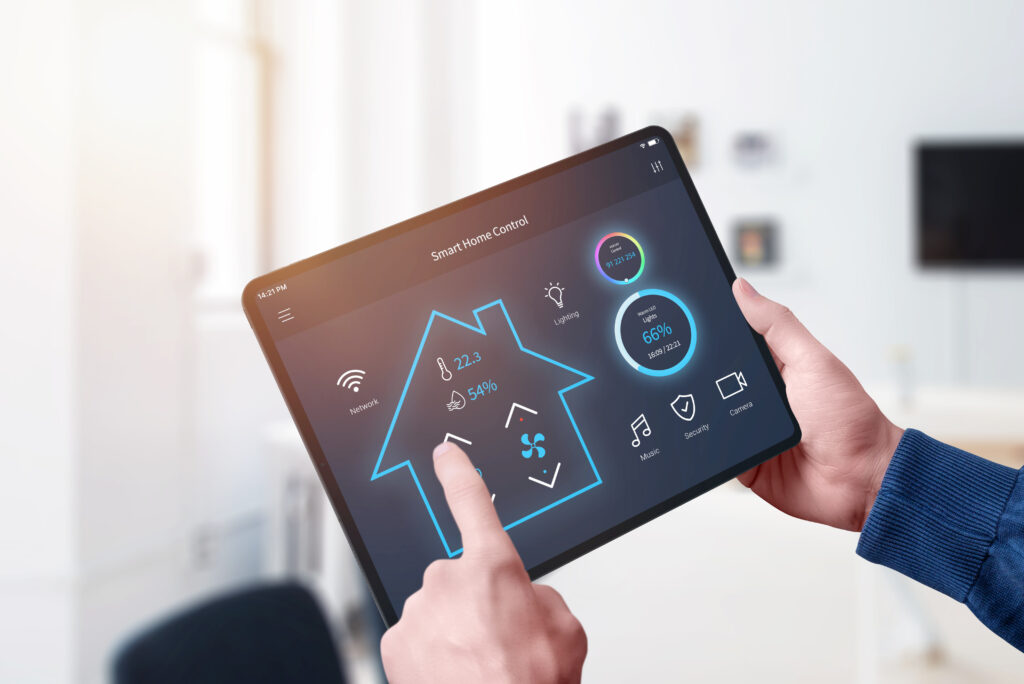An overview of Underfloor Heating from Heat-Tec
Underfloor heating (UFH) is becoming increasingly popular in the UK, providing an efficient and comfortable way to heat your home. It’s a modern alternative to traditional radiators, offering even heat distribution, energy efficiency, and the luxury of warm floors. However, many homeowners are concerned about the cost, installation process, and running expenses associated with underfloor heating. This comprehensive guide will walk you through everything you need to know about underfloor heating, from the initial costs to the installation process and ongoing running costs.
What is Underfloor Heating?
Underfloor heating is a system that warms a room by heating the floor. This is achieved either through electric cables or water pipes installed beneath the floor surface. The heat then rises evenly across the room, creating a comfortable and efficient heating solution.
- Types of Underfloor Heating:
- Electric Underfloor Heating (Dry System): Uses electric cables or mats laid under the floor.
- Water-Based Underfloor Heating (Wet System): Circulates warm water through pipes under the floor.
Benefits of Underfloor Heating
Underfloor heating offers several advantages over traditional heating methods, including:
- Energy Efficiency: Underfloor heating systems are generally more energy-efficient than radiators, as they operate at lower temperatures while providing the same level of warmth.
- Even Heat Distribution: The heat is distributed evenly across the floor, eliminating cold spots in the room.
- Space-Saving: UFH systems are hidden beneath the floor, freeing up wall space that would otherwise be occupied by radiators.
- Comfort: Walking on warm floors adds an extra level of comfort, especially during cold UK winters.
- Improved Air Quality: Unlike radiators, underfloor heating doesn’t circulate dust around the room, making it a better option for those with allergies.
Cost of Underfloor Heating
The cost of underfloor heating varies depending on several factors, including the type of system, the size of the area to be heated, and the complexity of the installation.
- Electric Underfloor Heating:
- Initial Costs: Generally, cheaper to install than water-based systems, especially in smaller rooms.
- Cost per Square Meter: Typically ranges from £50 to £75.
- Installation Costs: Can vary depending on the complexity of the installation and whether it’s a DIY project or requires professional installation.
- Water-Based Underfloor Heating:
- Initial Costs: More expensive to install due to the complexity of the system.
- Cost per Square Meter: Generally ranges from £100 to £150.
- Installation Costs: Usually requires professional installation, adding to the overall cost.
- Additional Costs:
- Insulation: Proper insulation is essential to prevent heat loss, adding to the initial cost.
- Thermostats and Controls: Advanced thermostats and controls can increase the overall cost but provide better energy management.
Installation Process of Underfloor Heating
The installation process for underfloor heating varies depending on whether you choose an electric or water-based system.
- Electric Underfloor Heating Installation:
- Preparation: The floor surface must be clean, level, and insulated to prevent heat loss.
- Laying the Heating Mats/Cables: The electric mats or cables are laid out according to the room’s layout and connected to the electrical system.
- Floor Covering: Once the system is tested, the final floor covering, such as tiles or laminate, can be installed.
- Water-Based Underfloor Heating Installation:
- Preparation: Similar to electric systems, the floor must be clean, level, and insulated.
- Laying the Pipes: Pipes are laid out in a pre-planned pattern and connected to the boiler or heat pump.
- Connecting to the Manifold: The pipes are connected to a manifold, which distributes the heated water throughout the system.
- Floor Covering: After testing, the floor covering is installed, ensuring compatibility with underfloor heating.
Running Costs of Underfloor Heating
The running costs of underfloor heating depend on several factors, including the type of system, energy source, and how well the home is insulated.
- Electric Underfloor Heating:
- Running Costs: Generally higher than water-based systems, particularly in larger areas.
- Energy Consumption: Typically consumes around 200 watts per square meter, with costs depending on electricity prices.
- Water-Based Underfloor Heating:
- Running Costs: Lower than electric systems, especially when used with a high-efficiency boiler or heat pump.
- Energy Consumption: Depends on the heat source, but generally more efficient than electric systems.
- Factors Affecting Running Costs:
- Insulation: Better insulation reduces heat loss, lowering running costs.
- Thermostat Settings: Lowering the thermostat by just one degree can reduce energy consumption by up to 10%.
- Usage Patterns: Running the system only when needed and in occupied rooms can help reduce costs.
Maintenance and Lifespan of Underfloor Heating Systems
Underfloor heating systems are generally low maintenance, but regular checks and proper installation are crucial for longevity.
- Electric Underfloor Heating:
- Maintenance: Minimal maintenance is required, but regular checks of the thermostat and electrical connections are recommended.
- Lifespan: Can last over 20 years with proper care.
- Water-Based Underfloor Heating:
- Maintenance: Regular checks of the boiler, manifold, and pipes are necessary to ensure the system is running efficiently.
- Lifespan: With proper maintenance, water-based systems can last up to 50 years.
Flooring Options for Underfloor Heating
Choosing the right flooring is essential to maximise the efficiency and effectiveness of your underfloor heating system.
- Tile and Stone: Excellent conductors of heat, making them ideal for underfloor heating.
- Laminate Flooring: Compatible with underfloor heating, but it’s essential to ensure the laminate is designed for use with UFH systems.
- Carpet: Can be used with underfloor heating, but the carpet and underlay should have a low thermal resistance (less than 1.5 tog).
- Vinyl and Linoleum: These materials can also be used with underfloor heating, but it’s important to check the manufacturer’s guidelines.
Environmental Impact of Underfloor Heating
Underfloor heating systems, particularly water-based ones, can be more environmentally friendly than traditional heating systems.
- Energy Efficiency: Lower operating temperatures result in less energy consumption.
- Renewable Energy Integration: Water-based systems can be integrated with renewable energy sources such as solar panels or heat pumps, reducing carbon footprints.
- Reduced Dust Circulation: Unlike radiators, underfloor heating doesn’t circulate dust, improving indoor air quality and reducing allergens.
Retrofitting Underfloor Heating
Retrofitting underfloor heating in an existing property can be more challenging and costly compared to new builds but is still a feasible option.
- Electric Systems: Easier and less invasive to retrofit, especially in single rooms.
- Water-Based Systems: More complex and often involves raising the floor level, making it more suited to major renovations.
Underfloor Heating and Smart Home Integration
Underfloor heating can be easily integrated with smart home systems, allowing for remote control and automation.
- Smart Thermostats: Can be programmed to control the heating schedule, reducing energy usage.
- Voice Control: Integration with smart home assistants like Amazon Alexa or Google Home allows voice control of your heating system.
- Energy Monitoring: Some smart systems provide real-time energy usage data, helping you optimise your heating.
In summary…
Underfloor heating is an efficient, comfortable, and modern heating solution for homes across the UK. While the initial cost and installation can be significant, the long-term benefits, including energy savings, even heat distribution, and increased comfort, make it a worthwhile investment. Whether you’re building a new home or considering a retrofit, underfloor heating can provide a luxurious and efficient way to keep your home warm throughout the colder months.
FAQs
How much does it cost to install underfloor heating?
This would depend the size of the area where the heating system will be placed, how easily accessed the area is and the specification of your heating system. We would always advise getting a free quote from an expert.
Can you have underfloor heating with carpet?
Yes, you can have underfloor heating with carpet. However, it’s important to ensure that the carpet and underlay have a combined thermal resistance of less than 1.5 tog. This allows the heat to pass through effectively, ensuring efficient operation of the underfloor heating system.
What are underfloor heating actuators?
Underfloor heating actuators are small devices that control the flow of water in a water-based underfloor heating system. They are connected to the thermostats and are responsible for opening or closing the valves on the manifold, allowing warm water to flow through the pipes when heating is required.
Can you use laminate flooring with underfloor heating?
Yes, laminate flooring is compatible with underfloor heating. However, it’s important to choose laminate flooring that is specifically designed for use with underfloor heating. The flooring should be laid according to the manufacturer’s guidelines to ensure proper heat transfer and avoid damage to the floor.






